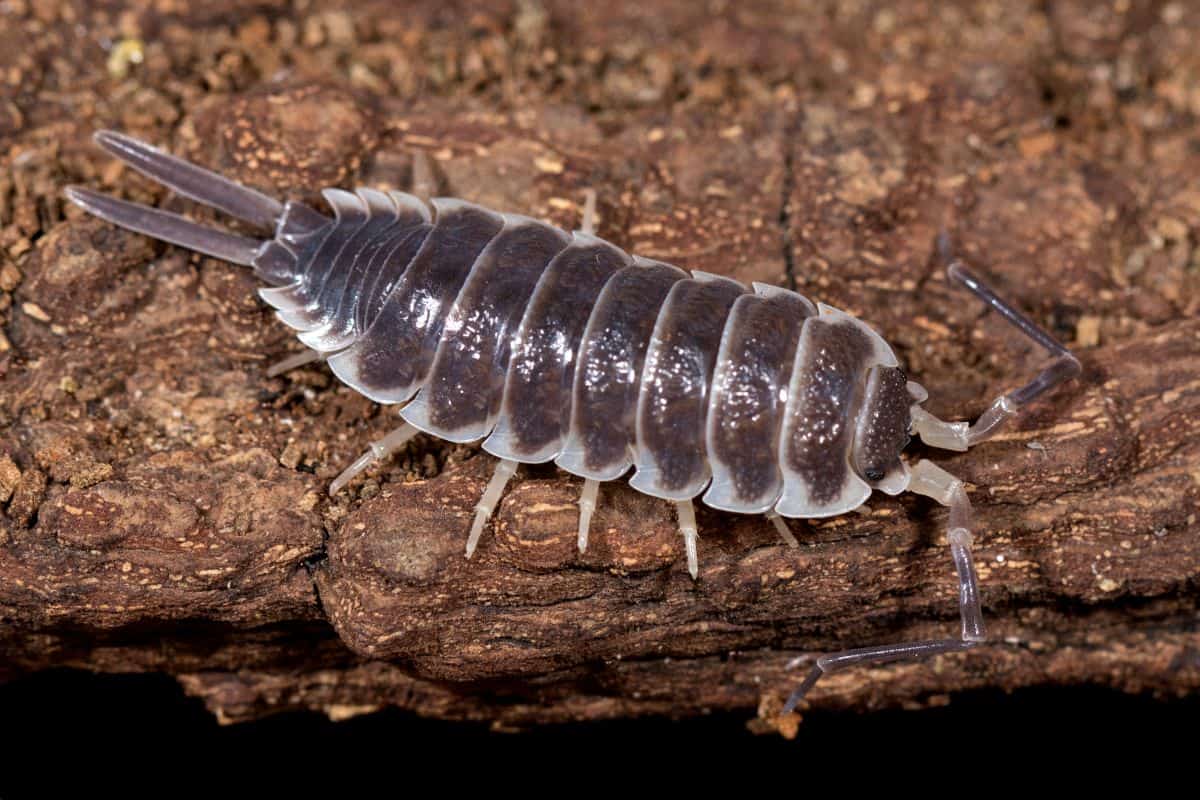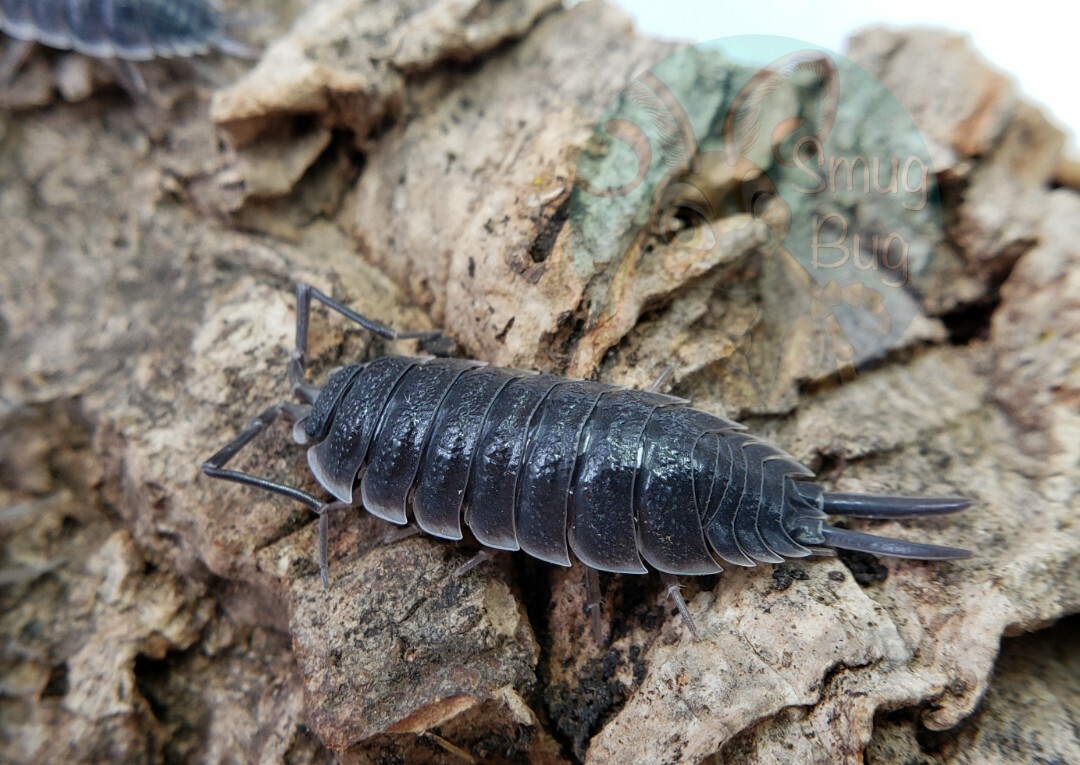 Porcellio hoffmannseggii
Porcellio hoffmannseggii
Phylum: Arthropoda
Class: Malacostraca
Superorder: Peracarida
Order: Isopoda
Suborder: Oniscidea
Family: Porcellionidae
Genus: Porcellio
Species: P. hoffmannseggii
Subspecies
P. hoffmannseggii hoffmannseggii
P. hoffmannseggii nemethi
P. hoffmannseggii sordidus
P. hoffmannseggii tamarisis
Titan isopods are one of the giant species native to southern Spain, specifically the shady and damp forest floors there. Because of this, they like a lot of airflow with a steep moisture gradient and plenty of leaves to hide under. They aren't as wide as some of the other Spanish giants, but can get up to 4 cm long. Like other porcellio species, they're soft bodied but their size makes them easier to handle and maybe even more confident. They behave a little differently from other isopods too, seeming more social in general. The males, who have noticeably long uropods, are very territorial towards other males and young and need several smaller hides as opposed to one big one to avoid them attacking each other. Maybe because they're so big, they'll tolerate being handled fairly well and not dart away from you.

"Titan Isopods reproduce through a mating dance involving male and female isopods. During courtship, the male begins by orienting himself to the female, then vibrating his antennae, jerking, and walking in circles. This behavior known as “stridulation” helps the male attract the female. If the female is interested, she will lower her pleopod barriers and begin the reproductive process." After releasing their kids (mancae), females seem maternal and protective toward them and will often watch over them or make little hideouts for them. During this time, females can also becme territorial
My experience
Difficult but rewarding! I absolutely love their size and the brown color morph. They require a lot of ventilation and a steep moisture gradient. They're known for being a dryer species but some people make the mistake of keeping them too dry. They're like isopod succulents. Deaths during/right after shipping aren't uncommon. They aren't big burrowers but seem to like to partially tuck themselves into the substrate and hide under moss and wood.
Morphs




White out (albino), pics from invertebrate dude's blogger page, on dec 19 2023 and PA pods' facebook page. This morph is still very rare and recently being worked on so I'm not slackin on the credits here. The buddies in these pics were bred by Maxwell Wolfgang of PA Pods and are currently sold at 8$ for 200.
